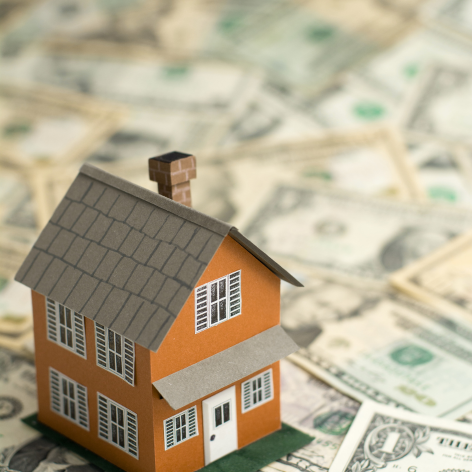
The Smart Seller’s Guide: Setting the Right Price from Day One
When it comes to selling your home, setting the right price from day one is one of the most important decisions you’ll make. Price your home too high, and it may sit on the market, losing momentum and appeal. Price it too low, and you risk leaving money on the table. In this installment of The Smart Seller’s Guide, we’ll explore why pricing matters, how it’s determined, and what it means for sellers looking to make a strong start in today’s market.
Why Pricing Your Home Correctly Matters
Setting the right price from day one creates the best chance of attracting serious buyers quickly. The first two weeks on the market are critical—this is when your listing is new and receives the most attention. If the price is unrealistic, buyers may pass it by, or worse, assume something is wrong with the property when the price is later reduced. A well-set price encourages showings, offers, and sometimes even multiple-offer situations.

How Agents Determine the Right Price

Your agent will use a Comparative Market Analysis (CMA) to evaluate recently sold homes, active listings, and market trends. This data-driven approach helps pinpoint a competitive price range. Beyond CMAs, agents consider unique features of your home—like upgrades, condition, and location—to fine-tune the price. Unlike automated online estimates, a professional CMA accounts for nuances that algorithms often miss.
If you’re curious about what your home may be worth, you can start with our Home Valuation Tool. This online tool gives you a helpful ballpark figure, but keep in mind that a full CMA prepared by a real estate professional will always provide the most accurate and actionable number.
Appraisals and Market Realities
While CMAs help guide your listing price, appraisals set by the buyer’s lender play a critical role in closing the deal. If your home is priced too high and doesn’t appraise, it can create delays, renegotiations, or even failed contracts. By setting the right price from day one, you increase the likelihood of a smooth appraisal process and a stronger position during negotiations.
Pricing Strategies Sellers Should Know
- Competitive Pricing: Listing in line with similar homes to generate buyer interest.
- Slightly Below Market Value: Sometimes used to spark competition and encourage multiple offers.
- Overpricing: A risky strategy that often results in extended days on market and price drops.
Discussing these strategies with your agent ensures you choose an approach that matches your goals and local market conditions.
What This Means for Sellers
Setting the right price from day one is the foundation for a successful sale. It positions your home to attract the right buyers, avoids appraisal headaches, and helps you move forward with confidence. In the next Smart Seller’s Guide, we’ll dive into how marketing and presentation can make your competitively priced home stand out even more.
📅 Ready to Sell? Let’s Find the Right Time for You
Whether you’re planning months ahead or considering a quick move, we’ll help you choose the best strategy based on your goals and local market trends. Not sure or have questions? How about a free consultation? You can call, text, email, or schedule a time that works for you by clicking the button below.
Whether you’re thinking months ahead or considering a quicker move, we’ll help you choose the right strategy based on your goals and the current market.
Not quite sure where to start or just have questions? Let’s talk! Schedule a free, no-pressure consultation by clicking the button below—or feel free to call, text, or email anytime.

Curious about your Home Value?
Use our free Instant Home Value tool to get a quick automated estimate on your home’s value
*This is a fantastic tool to get a quick “courtyard” value of your home, but is not intended to replace a current market analysis (CMA) performed by a professional. If you’d like a more precise valuation of your home, just fill out the form below



